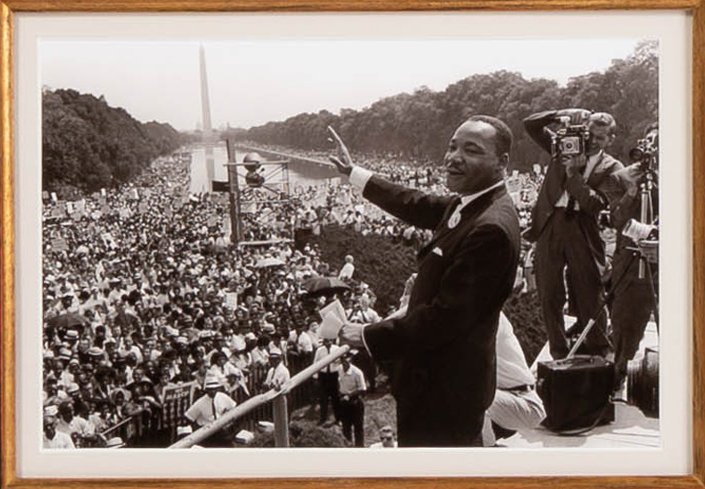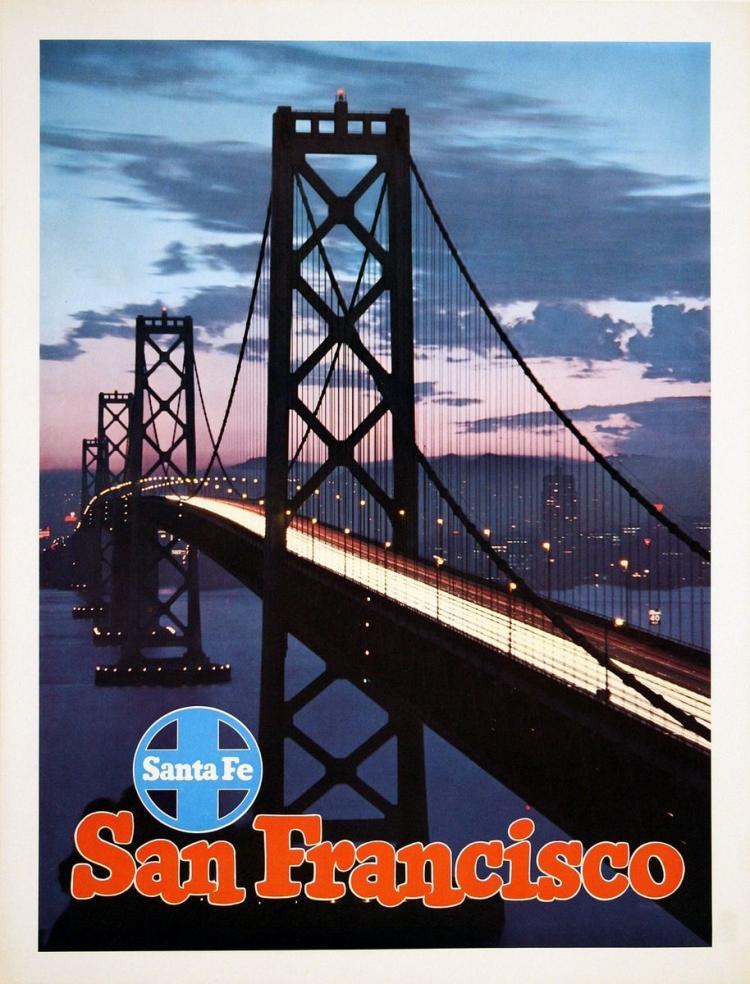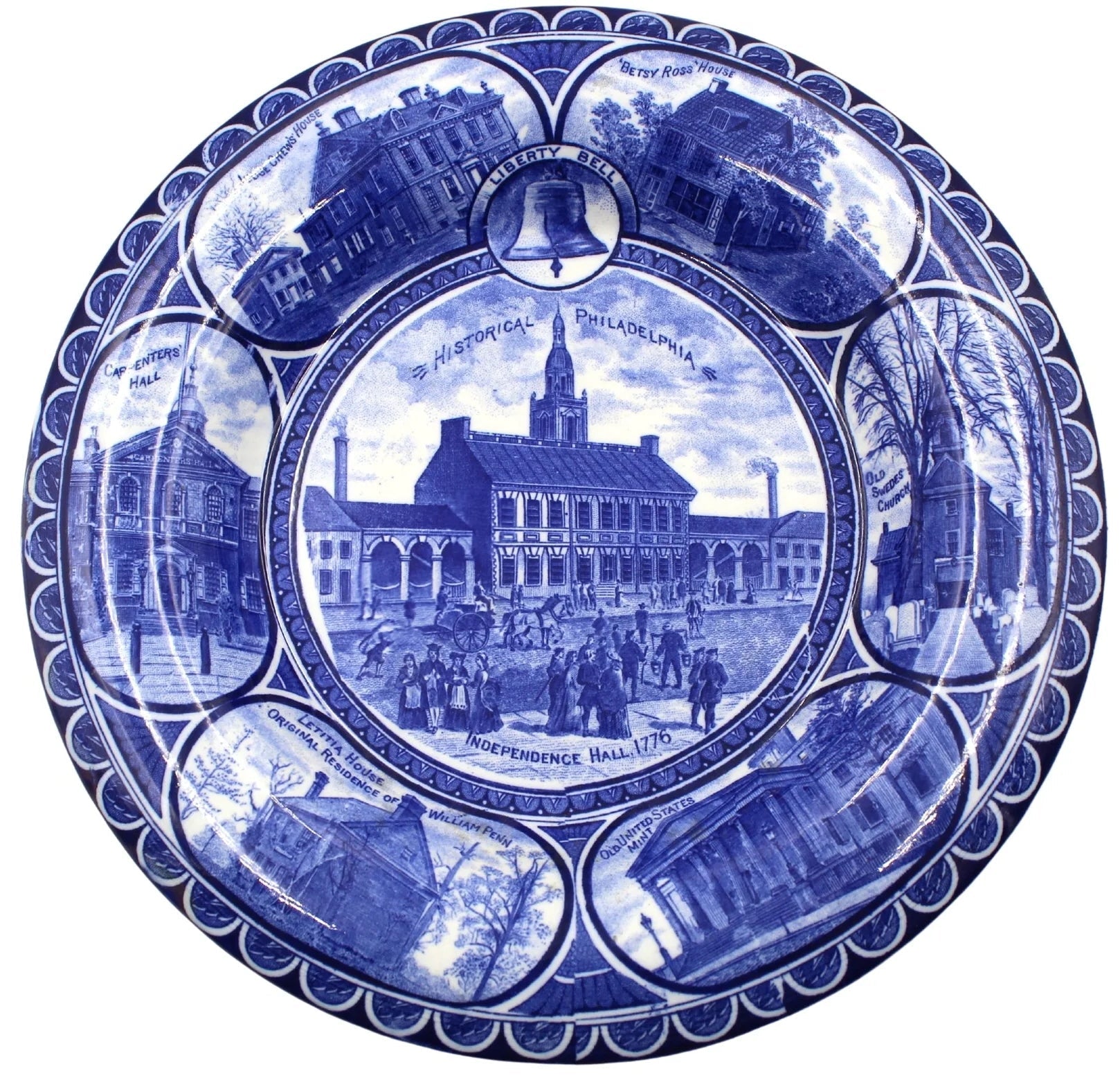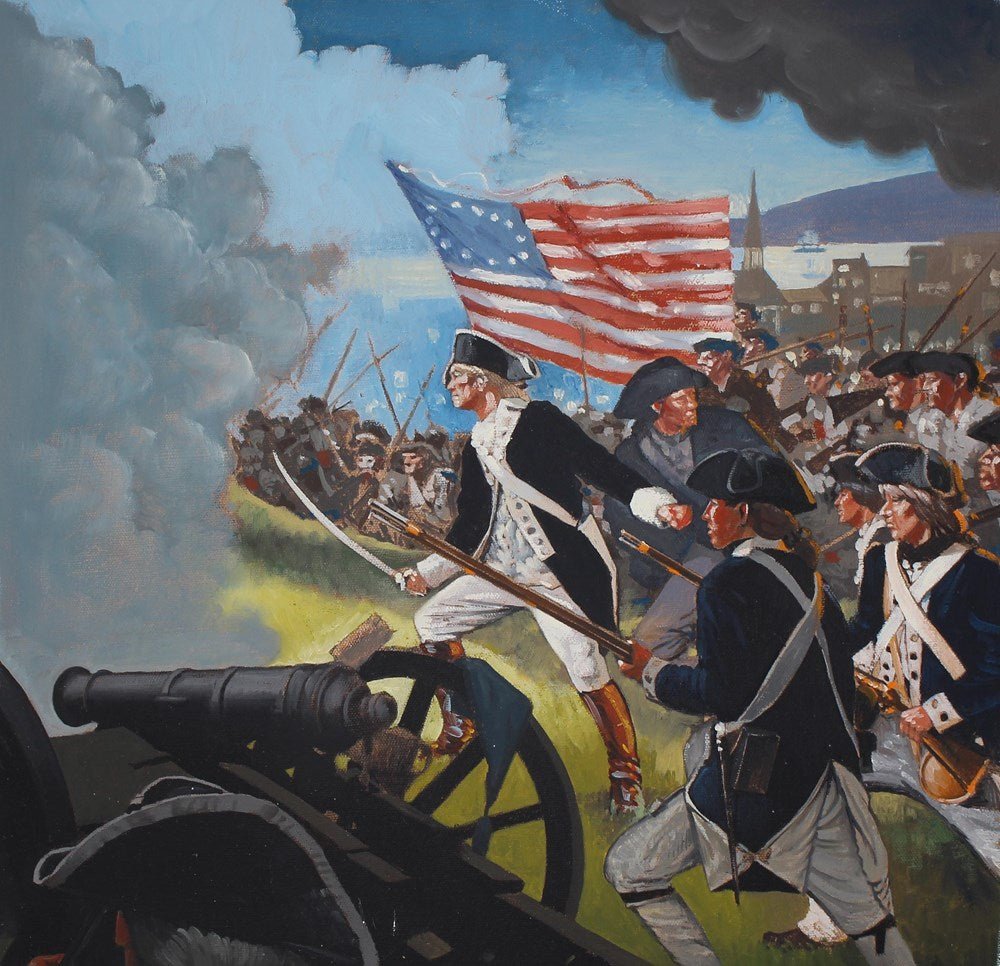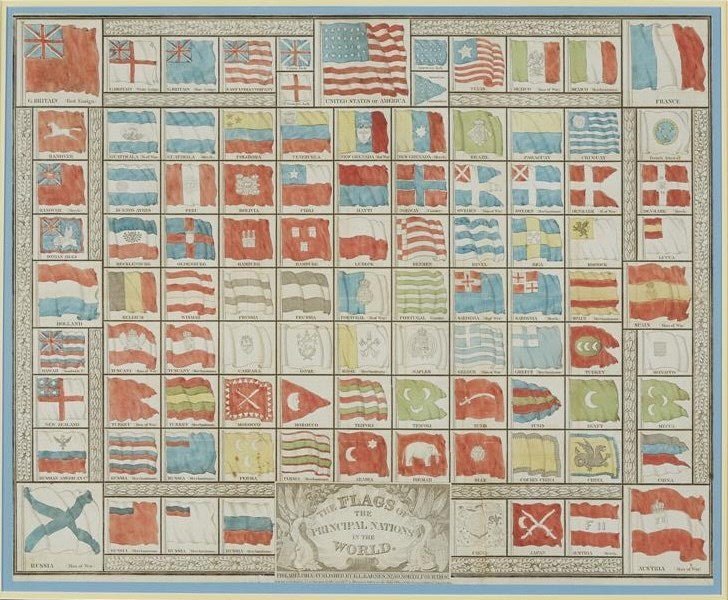A Few Things You Probably Didn't Know About Abraham Lincoln
Born February 12, 1809, the American statesman, lawyer, and 16th president of the United States Abraham Lincoln was known for his leadership and success in bringing the U.S. back together during the Civil War. His Emancipation Proclamation, freeing slaves held in the Confederate states, built his legacy as a man for and of the people.
However, Lincoln’s rise into the spotlight meant that he would be placed under intense scrutiny. His life as a modest yet successful lawyer was to change, and his election to the presidency brought both extreme support and aggressive opposition. Amid the chaos of the Civil War, Lincoln managed to unite the divided forces and gained reelection in 1864.
While Lincoln was very much put on a pedestal following the war, and subsequently after his assassination, there are many facts about his life that are all but unknown to the general public. Today, we’ll introduce you to even more aspects of Lincoln’s life and character and give you a deeper insight into good ole Honest Abe.
Abraham Lincoln Original Oil on Canvas
5 Things You Probably Didn’t Know About Abraham Lincoln
Lincoln was a legendary wrestler when he was young
Lincoln was known to be the tallest president, at 6’ 4.” Perhaps his height gave him an advantage in sports, because Lincoln was known as a tremendous wrestler back when he was young. Lincoln was defeated only once in approximately 300 total matches. “According to Carl Sandburg’s biography of Lincoln, Honest Abe once challenged an entire crowd of onlookers after dispatching an opponent: ‘I’m the big buck of this lick. If any of you want to try it, come on and whet your horns’” (Klein). Lincoln was later praised with the title “Outstanding American” in the National Wrestling Hall of Fame.
Lincoln was the only president to obtain a patent
Abraham Lincoln obtained a patent for his work in 1849. “After being aboard a steamboat that ran aground on low shoals and had to unload its cargo, Lincoln, who loved tinkering with machines, designed a method for keeping vessels afloat when traversing shallow waters through the use of empty metal air chambers attached to their sides” (Klein). The design, Patent No. 6,469, lifted boats up over shoals. Still today, Lincoln is the only president to have obtained a patent in his lifetime.
Abraham officially created Thanksgiving
Thanksgiving was officially recognized as a national holiday in 1863 by President Abraham Lincoln as an effort to “heal the wounds of the nation,” which was struck with hardship during the Civil War. Thanksgiving was scheduled for the last Thursday in November and was celebrated on this day until 1939, when Franklin D. Roosevelt pushed the holiday up a week. In 1941, the holiday was nationally recognized as the fourth Thursday in November, as it is celebrated today.
Abe Lincoln created the Secret Service only hours before he was assassinated
Lincoln signed the document creating the U.S. Secret Service on April 14 of 1865: the morning of the same exact day that he was assassinated in Ford’s Theater by Confederate sympathizer John Wilkes Booth. It is quite ironic to think of today, as perhaps with the proper support from Secret Service Lincoln may have been protected. However, the original mission of the Secret Service as Lincoln had established it was to combat widespread currency counterfeiting, not to provide personal protection to anyone; not even the president. It was not until 1901 that the Secret Service was formally assigned to protect the president (Klein).
Watch repairers used Lincoln’s personal pocket watch to hide messages
Abraham Lincoln, a modest man, carried a piece to signify his success as a lawyer. This item was his 18k gold pocket watch, now archived in the Smithsonian collection. When necessary, he would bring the watch in to get repaired over the years. It was just as news reached Washington that Confederate forces had fired on Fort Sumter on April 12, 1861, that watchmaker Jonathan Dillon was hired to repair Abraham Lincoln's timepiece. “Caught up in the moment, Dillon unscrewed the dial and engraved: ‘April 13, 1861 Fort Sumpter was attacked by the rebels on the above date J Dillon April 13, 1861 Washington’ and ‘thank God we have a government Jonth Dillon’” (Smithsonian, Museum of American History). In 1864 a second watchmaker, L. E. Gross, also signed his name within the watch. At some point, the timing unknown, someone etched "Jeff Davis" inside the watch, “either as a joke or a statement of support for the Confederacy” (Smithsonian, Museum of American History). Lincoln never knew about the messages he carried with him in the watch. “The inscription remained hidden behind the dial for over a century. After hearing from Jonathan Dillon's great-great-grandson, the Museum removed the dial on March 10, 2009, to reveal the watchmakers' declarations” (Smithsonian, Museum of American History).
Abraham Lincoln Signed Military Commission
Klein, Christopher, 10 Things You May Not Know About Abraham Lincoln. History.com, 16 Nov., 2012.
Smithsonian Contributors, Museum of American History. Abraham Lincoln's Watch, around 1853. Abraham Lincoln, Smithsonian.com. n.d.




